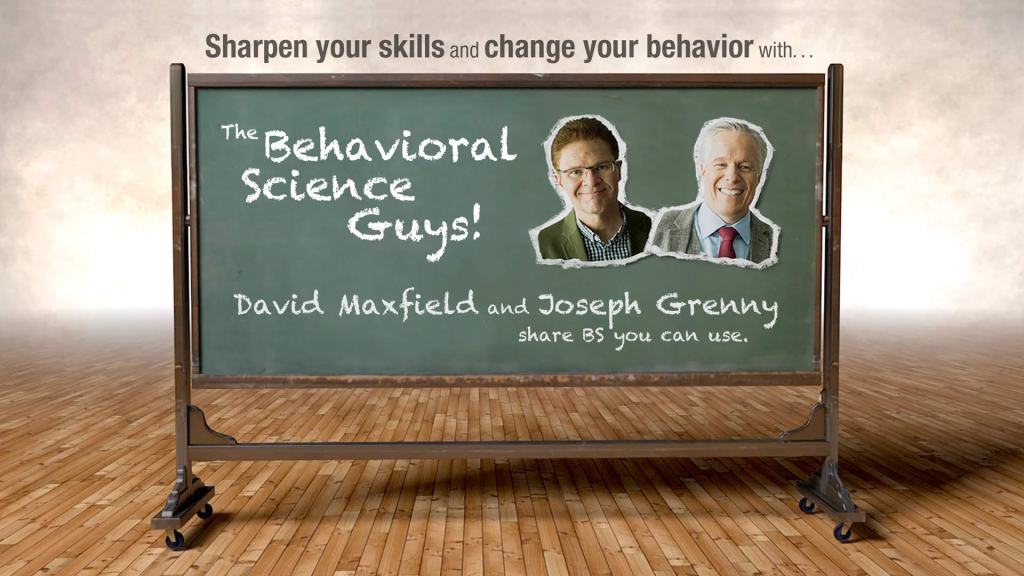[youtube https://www.youtube.com/watch?v=rlTFOlU1KC8] View the results of our study in the infographic below or download a copy for yourself.
Posts by Brittney Maxfield
By Charles “Chip” Huth Captain, Kansas City Police Department Police officers are frequently faced with challenging decisions that have the potential to dramatically impact the safety of the public and their fellow officers. They are trained to deal with some of the most stress-inducing circumstances imaginable, and a great deal is typically riding on how well …
New research by Joseph Grenny and David Maxfield shows obsession with posting photos and checking phones corresponds with lower enjoyment. More and more of us are losing connection with our lives in order to earn “likes” and social media praise. We have, in a sense, turned into social media “trophy hunters.” Ultimately, the study reveals …
New research by Joseph Grenny and David Maxfield shows that a few small changes in how parents talk about Christmas makes a huge difference in whether Christmas traditions make kids selfish or generous. “We wanted to find out whether parents were unwittingly undermining their own goals,” said Maxfield. “Specifically, we wondered if the way parents …
Looking for a great present this holiday season? Check out Kerry Patterson’s new book about how one person can make the difference in a hostile environment. An excellent gift for kids and adults alike! Order now at a special pre-release price. Book orders placed by November 15 will be guaranteed for delivery by December 23. …
According to a recent VitalSmarts’ study of 986 parents, three-fourths overestimate their effectiveness in helping their children navigate common school-related problems, including their child’s academic performance, discipline problems, and social issues like bullying. Yet when parents were asked about how they dealt with these issues in real life, thirty-five percent failed to raise key issues …
According to our study of 2,283 people, 96 percent of respondents say they have experienced workplace bullying. Eighty-nine percent of those bullies have been at it for more than a year; 54 percent for more than five years. In some cases, the survey found, bullies have continued in the same job for 30-plus years. Bullying …
Public-school shootings strike fear in the public at large. Such occurrences have three factors that make them especially frightening.
The first is unpredictability. There is no forewarning when or where a shooting might occur. This makes every student a potential victim.
I love to think—quietly and nonstop. My wife says I’m nuts for spending so much time in my head, and of course, she’s probably right. I’m intrigued by stories of individual artists and problem-solvers—the great minds of our era. I like the idea that one brain operating in isolation can do so much.
Workplace safety has always been a value for global mining leader Newmont Mining Corporation. The company utilizes many proven safety practices such as investigating incidents and taking corrective actions, creating proactive safety standards for management, and providing standard safety and technical training.









